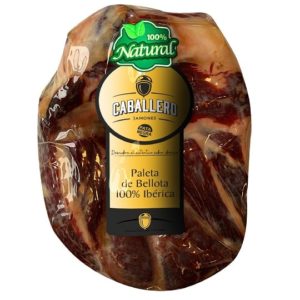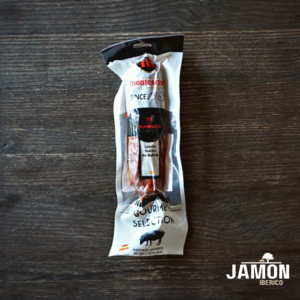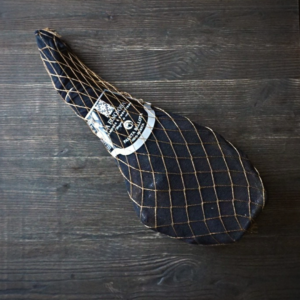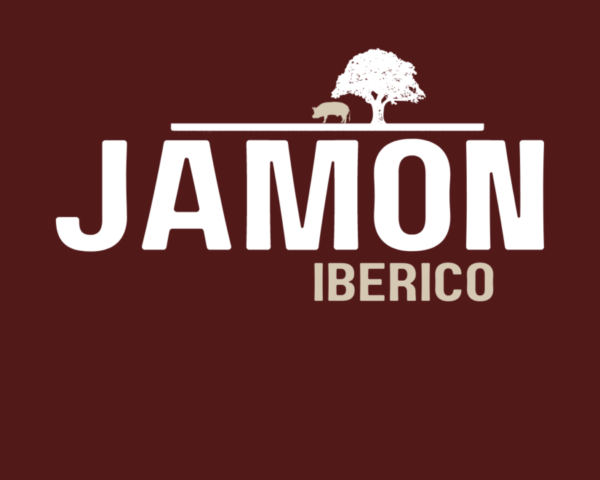Pata Negra literally means ‘Black Hoof’ in Spanish, and is generally considered to be the highest standard of Iberico Jamon available. The black refers to the colour of the pig’s skin and hoof, however, Pata Negra is not always black in colour.
What is important here is the pig’s lifestyle. For a start, the pigs are allowed to freely roam across miles and miles of dehesa, covered in holm oak trees. The acorns that fall from the trees is also an important factor, as it is what gives the Jamon its famously rich, nutty and nuanced flavours.
To be a true ‘Pata Negra’ the pig must be of 100% Iberican Black Pig breed, and be fed on a sole diet of acorns. In addition, the Jamon must meet strict conditions and a rigorous testing protocol to make sure the levels of fat is perfect, and the meat is up to standard.
There are times when even the finest of Jamons do not quite make the standard.
If this is to happen, the Jamon is generally downgraded, however, it is possible to purchase a ‘Red Label’ which is an unclassified Jamon, which is usually sold and enjoyed by the Spanish locals.
The high cost of Pata Negra is simply down to the cost of farming, and the exclusivity of the meat. Pata Negra is often regarded as the finest cured meat on planet earth.
What does Pata Negra Taste Like?
The flavours of a pure Back label Pata Negra are nuanced and nutty, with a silky (almost translucent fat). Hidden behind the salty Jamon flavour is a sweet, nuttiness which makes the extra expense worth while, and why Pata Negra is considered a global delicacy.
The hind leg of the animal has a very delicate taste which combines sweetness and nuttiness to produce a flavour. The shoulder is more salty, chewy and intense, but still has that iconic complex pallet. Both are to be savoured on their own, with a simple accompaniment of Spanish olives and a crisp Spanish wine.
The texture of Pata Negra should also be ‘melt in the mouth’ soft. If the meat is chewy, salty and intense, you are likely eating a green label piece. If the meat is sweaty and incredibly soft you have a genuine piece.
Which Meat is Pata Negra?
We stock a number of Jamon de Bellota options on our website, which are 100% natural and from one of the finest producers in Spain.




